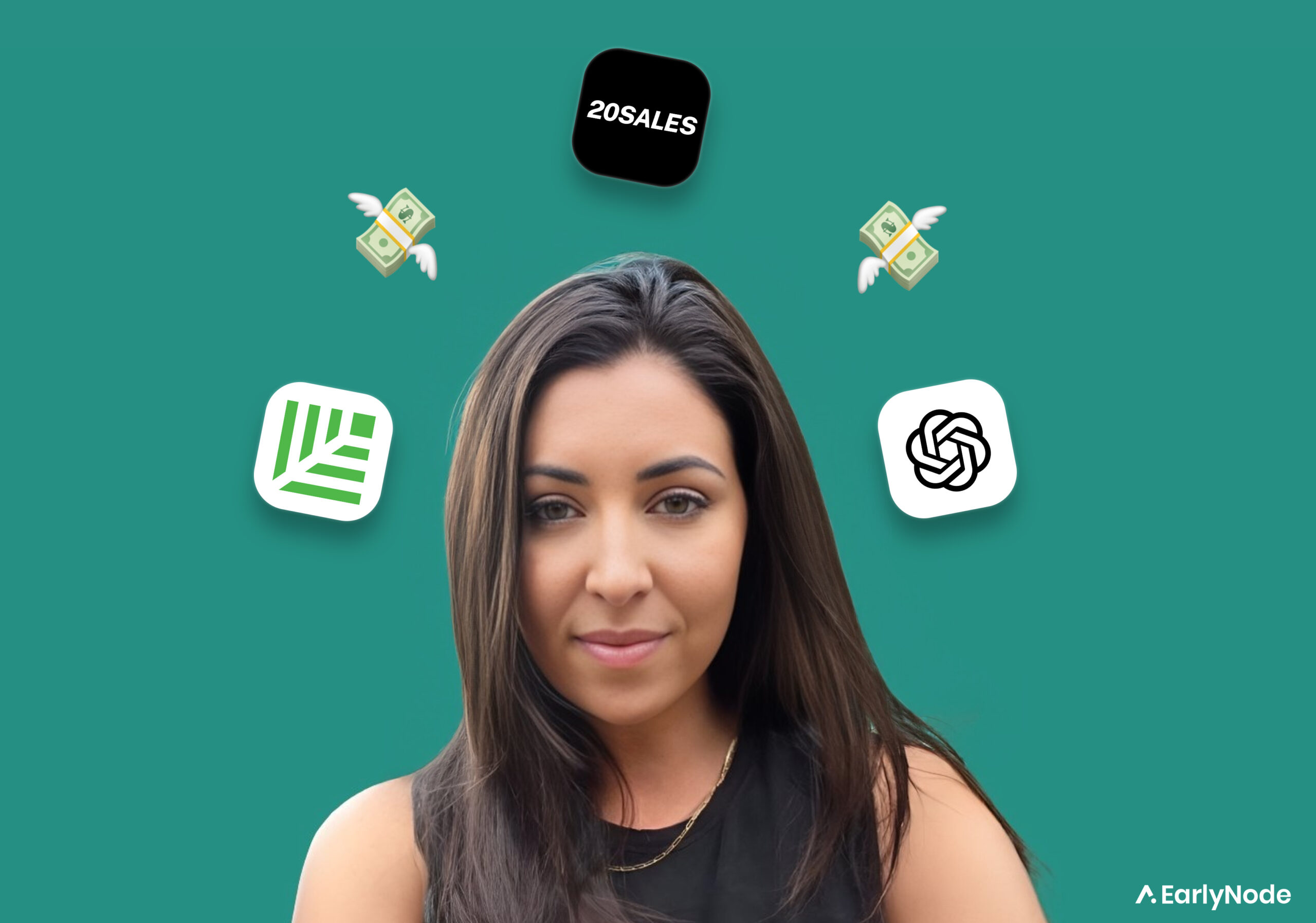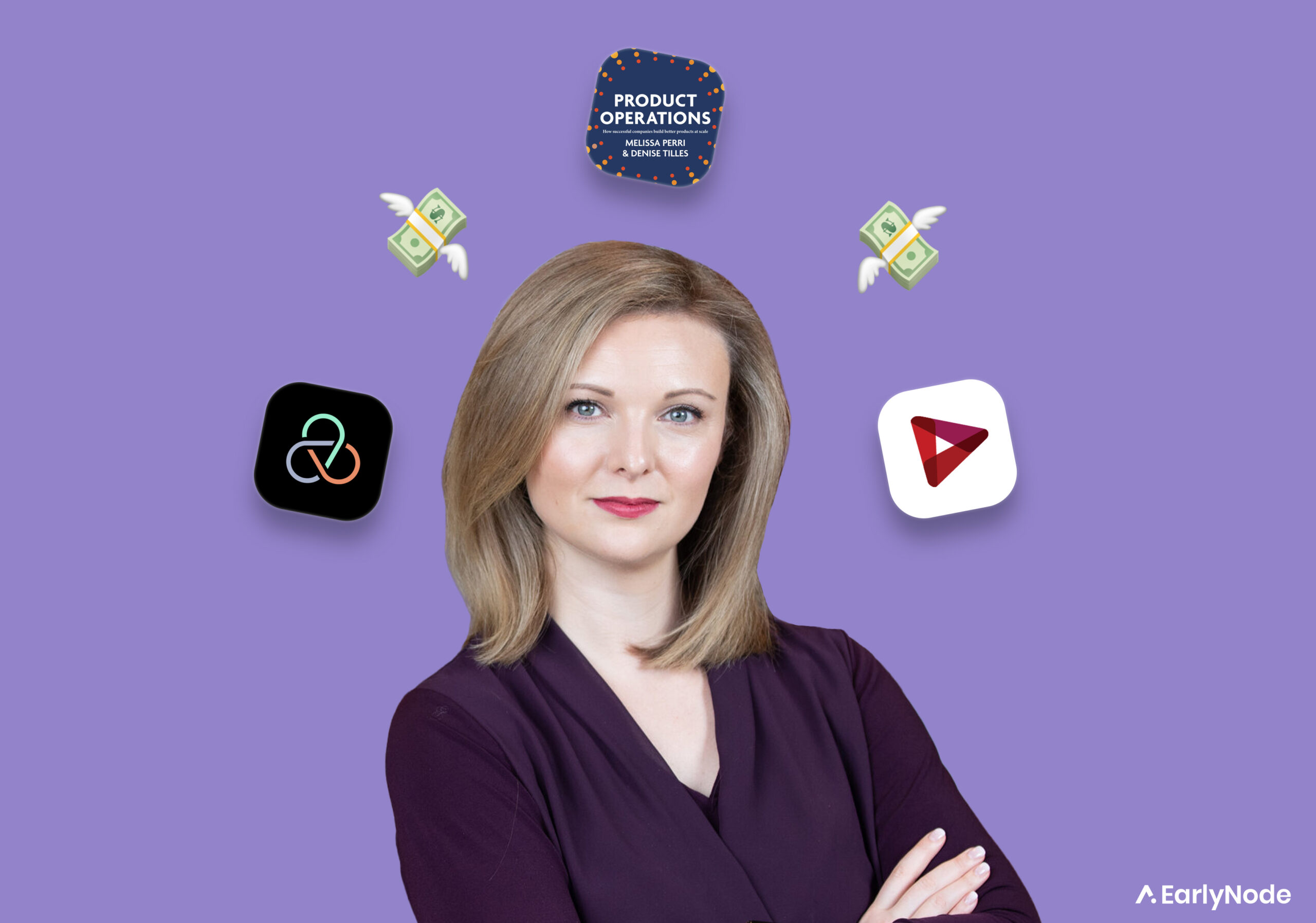Build a Go-to-Market Machine with TK Kader (Sold ToutApp for $30m)
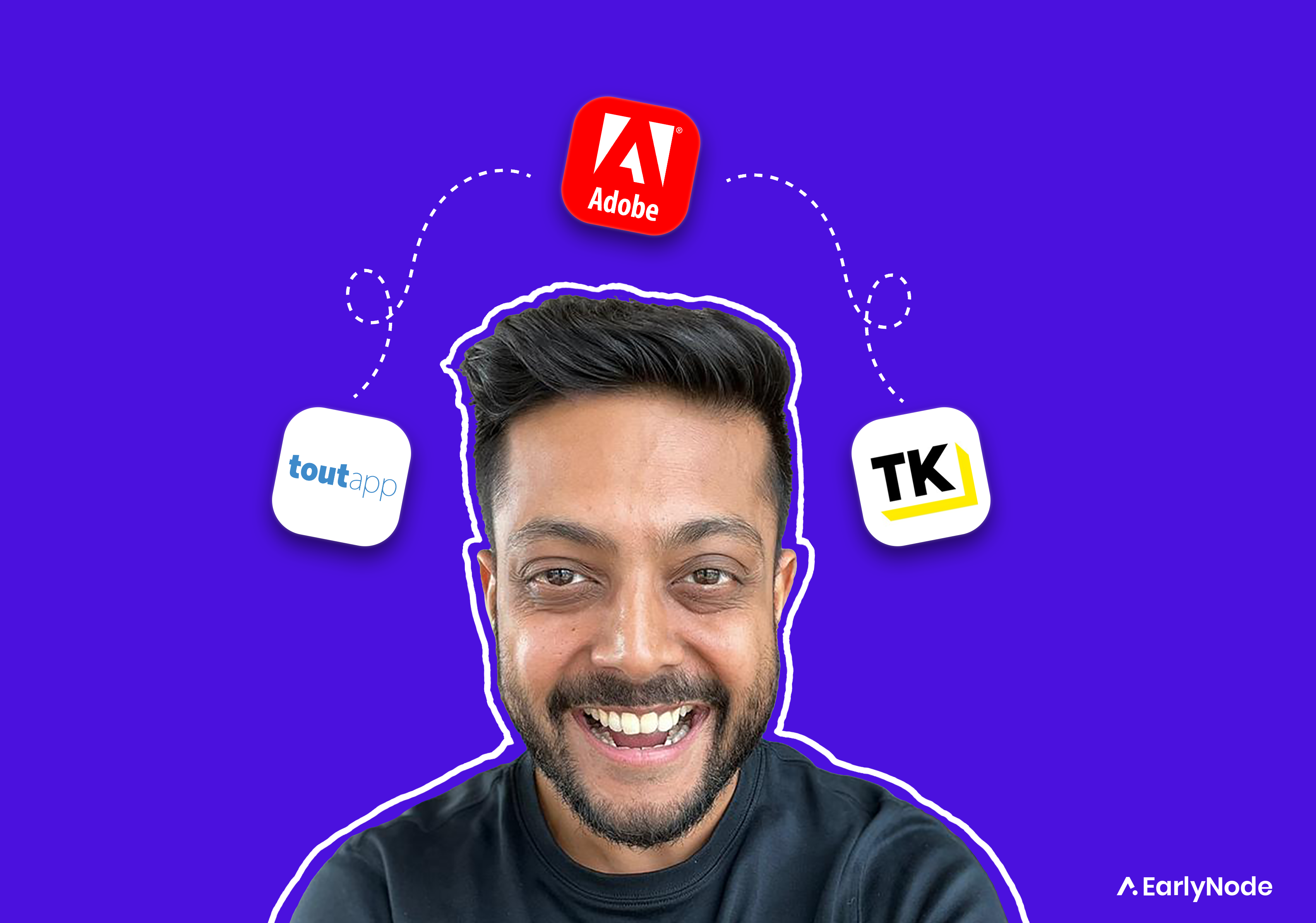
T.K. Kader is the founder of ToutApp, a sales engagement software. He scaled and later sold his app to Marketo for $30 million. He stayed at Marketo as SVP of Strategy and helped grow it until Adobe acquired it for nearly $5 billion.
In The SaaS Operator newsletter from 6 June 2023 you’ll learn:
- How to use conversation dominance to win deals.
- 6 steps to building an unstoppable go-to-market strategy.
- Why creating a smooth GTM motion is the secret to fast growth.
Strategize before you execute
As founders, we want to make every second count – especially if you’re venture-backed. Every week gone by is a week closer to the end of the runway. We rush to run different marketing and sales activities, hustling to win customers.
Sitting down and strategizing feels like a waste of time. After all, execution is what matters, right?
Not entirely…
Execution deals with the WHAT, aka, the actual activities you do to generate pipeline. But strategy deals with the HOW, aka, how you plan to execute those activities.
If you want to crush it with your execution, nail your go-to-market strategy first.
Here’s how T.K. does it:
6 steps to creating an unstoppable go-to-market strategy
Step 1: Choose the perfect market segment
Let’s say your SaaS shows the first signs of product-market fit. You’ve seen that people want your product, but now the big questions are: How do we scale this? How do we increase our revenues? This is the point where T.K. pushes startups to focus on creating a winning go-to-market strategy.
The first step is to figure out the market that will benefit the most from your product. Basically, you’re trying to find out which segment of the market shows the most urgent and important need.
The easiest way to slice up a market is into these 3 distinct groups.
- The small business market
- The mid-market
- The enterprise market
Each segment has its own needs, level of sophistication, and buying processes.
As you start generating some revenue, you’ll begin to spot a particular group where you’re exceeding all your KPIs, and experiencing faster sales and less customer churn.
That’s your cue to zone in on that market segment. This strategy is key to your go-to-market plan and how you scale up your SaaS.
Takeaway: Let the market pull you into the right spot.
Step 2: Study the competitive landscape
The first thing you need to do is understand the competitive landscape. Draw a grid like this one 👇🏼. Figure out which box your competitors are sitting in. It should be easy to see which box is the least crowded. That’s your opportunity.
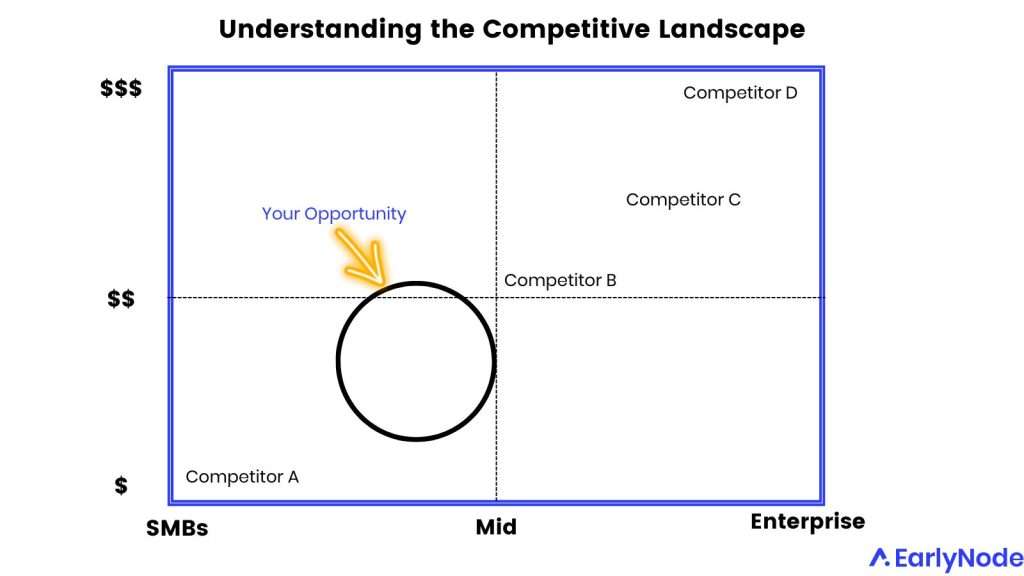
Your deal size (aka how much you charge) will differ depending on the segment you choose. Thus, your sales motion is also going to be different.
Takeaway: Study the competitive landscape and target the underserved segment.
Step 3: Define your sales process
Your segment’s buying behaviors, plus the cost and complexity of your product are the deciding factors of which sales process to use.
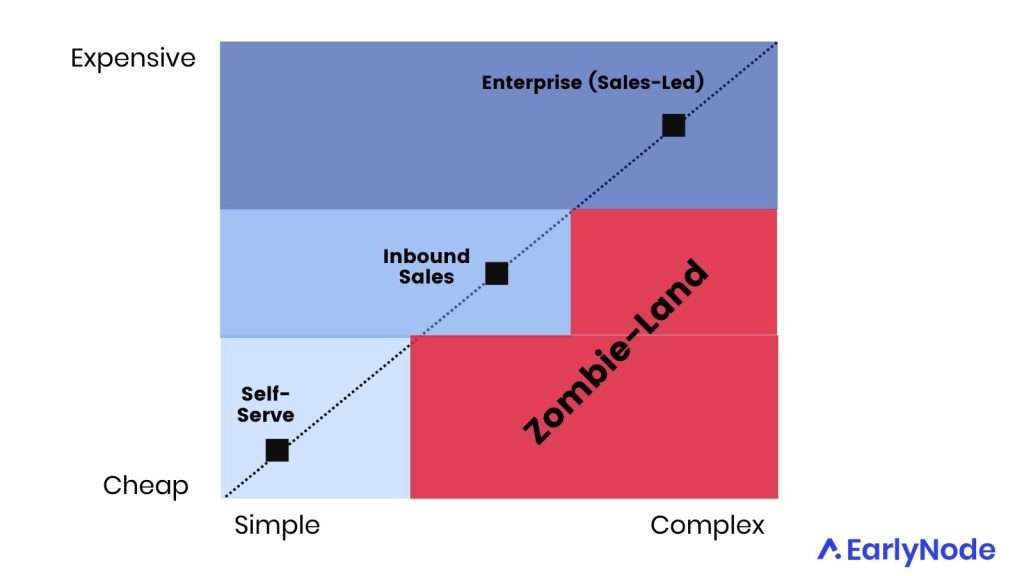
Takeaway: Choose the sales process that matches how complex and expensive your product is.
Step 4: Build your manifesto
Now it’s time to sit down and craft your manifesto.
Your manifesto is a document that defines how you communicate your solution to your target audience. You can later turn it into a lead magnet or include it in your sales deck. Make sure it includes these key components:
- Your value proposition: The one-line statement communicates how your product solves its target market’s urgent and important problem.
- Your strategic narrative: Your story. The “why” behind your company’s existence and the unique transformation you’re driving for your customers.
- Your positioning: What makes you the best choice among your competitors.
- Your messaging: The style and tone of how your brand communicates across all touchpoints.
Takeaway: Build a manifesto that communicates your solution to your target audience.
These 4 steps are the core of your go-to-market strategy. Now it’s time to execute and actually generate revenue 👇🏼.
Step 5: Run your Broadway show
Your ideal customer should feel like everyone is talking about you wherever they go. How do you make that happen?
Run a consistent set of sales and marketing activities all around your target customer.
That way you stay top of mind – just like Apple and Amazon are the first brands that come to mind when you think smartphones and e-commerce. TK calls this conversation dominance.
You need to be intentional about the marketing channels you choose. To get it right:
1. Prioritize speed: Focus on the channels that give you speedy feedback to see if your messaging is working. E.g, social, cold email, and ads.
2. After speed, prioritize scale: Once you’ve tweaked your messaging, focus on channels that will get your manifesto into more hands. E.g., SEO, content marketing and Enterprise Sales.
Takeaway: Run consistent marketing activities to present your manifesto to your ICP.
Step 6: Track and iterate
Now that you’ve hit the ground running with your marketing, you need to collect data and use it to iterate your strategy. Look out for these indicators:
- Traffic: How much attention are you getting?
- Lead conversion percentage: How many prospects are showing genuine interest and becoming quality leads/opportunities? E.g., lead magnet signups, requests for demos, etc. 10% is a good benchmark.
- Win rate: What percentage of leads convert into paying customers or trials? This helps you know how well you’re doing in that segment. A good win rate is around 20%.
Once you’ve perfected your GTM strategy, you can focus on better execution. E.g., if your lead conversion rate is only 8%, double your lead gen efforts to get 2x the conversions.
Takeaway: Track your campaign metrics and improve your strategy based on the data.
So no more shooting blanks from today. T.K. Kader’s 6-step formula will help you build an unstoppable strategy that will make your go-to-market execution a breeze.
Who should we cover next? If you have a SaaS expert in mind, let us know by sending us an email at saas@earlynode.com.

